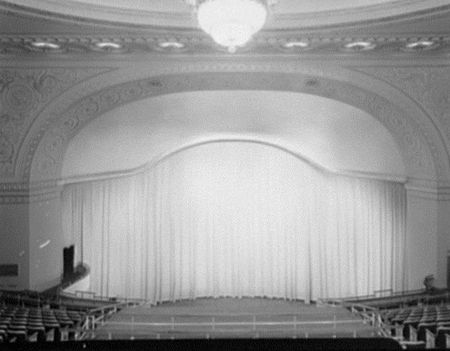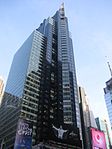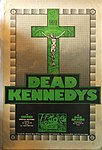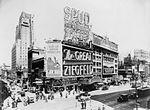Loew's State Theatre (New York City)

Loew's State Theatre was a theatre in New York City, located at 1540 Broadway. Designed by Thomas Lamb in the Adam style, it opened on August 29, 1921, as part of a sixteen-storey office building for the Loew's Theatres company, with a seating capacity of 3,200 and featuring both vaudeville and films. It was Broadway's first $1 million theatre. It was initially managed by Joseph Vogel, who later became president of Loew's Inc. and then MGM.Loew's became the last theatre in Times Square to continue booking vaudeville acts as that medium declined in the 1930s; when it hosted its last vaudeville show on December 23, 1947, sentimental goodbyes were made from the stage in recognition of the end of an era.In March 1959 the theater completed an $850,000 remodeling that reduced the number of seats from 3,316 to 1,885 but made them wider and increased the space between rows. The proscenium arch also was eliminated and a wide-screen projector was installed to permit the showing of CinemaScope and VistaVision (but not Cinerama) motion pictures. The interior was redecorated using a beige-on-gold palette. The remodeled theater reopened with the New York premiere of Some Like It Hot, with Marilyn Monroe in attendance.The theatre held several world premieres including The Three Musketeers (1948), Annie Get Your Gun (1950), Ben-Hur (1959), Becket (1964), and Doctor Dolittle (1967).The cinema was split into two in 1968 with the former balcony re-opening on December 18, 1968 as the State II with 1,214 seats with the U.S. premiere of Chitty Chitty Bang Bang. The orchestra was renamed State I with 1,172 seats. In March 1972, State I held the world premiere of The Godfather, which also opened the following day at State II.It closed on February 19, 1987, and it is now the site of the Bertelsmann Building.
Excerpt from the Wikipedia article Loew's State Theatre (New York City) (License: CC BY-SA 3.0, Authors, Images).Loew's State Theatre (New York City)
Broadway, New York Manhattan
Geographical coordinates (GPS) Address Nearby Places Show on map
Geographical coordinates (GPS)
| Latitude | Longitude |
|---|---|
| N 40.757815 ° | E -73.984877 ° |
Address
Bertelsmann Building (1540 Broadway)
Broadway 1540
10036 New York, Manhattan
New York, United States
Open on Google Maps








